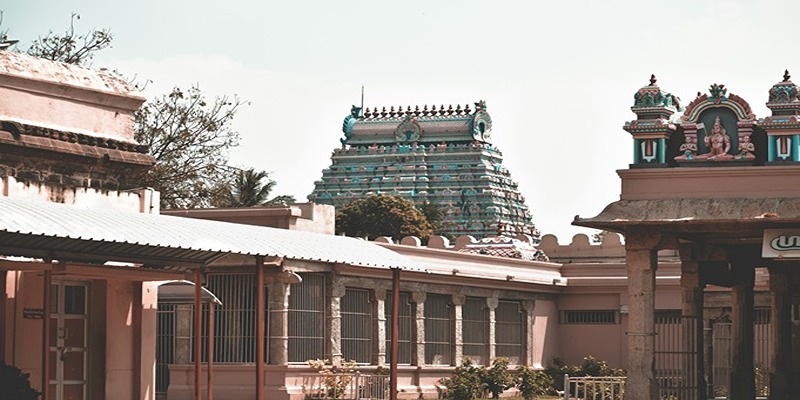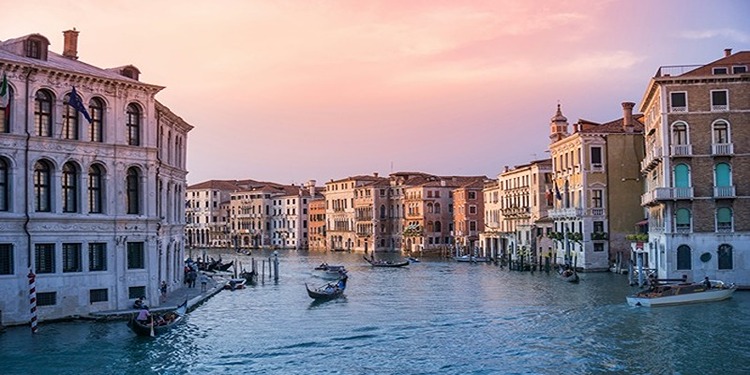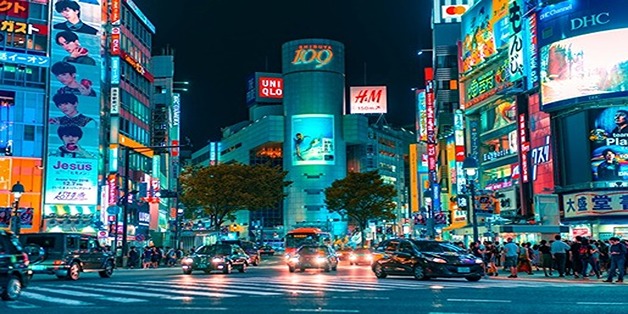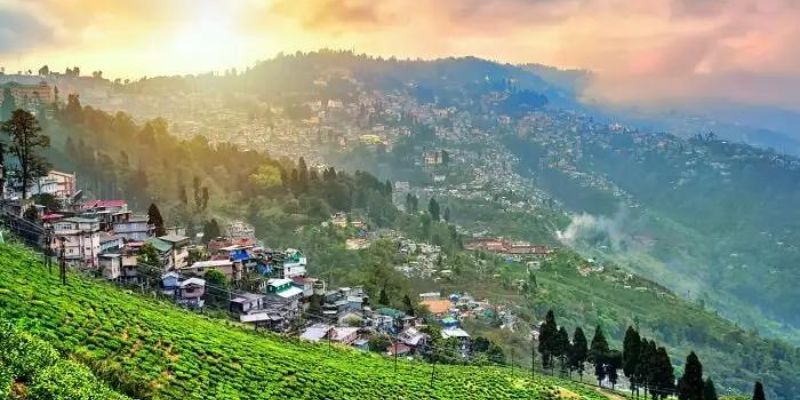Monjayaki vs Okonomiyaki: Japanese Pancakes
Aug 05, 2024 By Juliana Daniel
Japanese savory pancakes, particularly Monjayaki and Okonomiyaki, are beloved staples of Japan's diverse culinary scene. These dishes, often enjoyed in casual eateries and street food stalls, offer a delicious blend of flavors and textures, showcasing the creativity and regional diversity of Japanese cuisine. Monjayaki, known for its unique runny texture, and Okonomiyaki, a more traditional pancake-like dish, are both made with a base of flour, water, and various ingredients. These savory treats are not just popular meals but also carry cultural significance, often enjoyed in social settings with family and friends, making them a cherished part of Japan's food culture.
What is Okonomiyaki?
Ingredients and Preparation
Okonomiyaki is a savory pancake that originated in Japan and is made with a batter of flour, eggs, shredded cabbage, and water. The name "Okonomiyaki" comes from "okonomi," meaning "to one's liking," and "yaki," meaning "grilled" or "cooked." This dish allows for a variety of ingredients, such as pork, shrimp, octopus, cheese, and vegetables, to be added according to preference. The batter is mixed with the selected ingredients and then poured onto a hot griddle. The pancake is cooked until both sides are golden brown and crispy, with a tender, flavorful center.
Regional Variations: Hiroshima vs Osaka Style
Okonomiyaki has two main regional variations: Hiroshima-style and Osaka-style, each offering a unique twist on the dish. The Osaka-style, also known as "Kansai-style," is the most common version. It involves mixing all ingredients into the batter before cooking, resulting in a uniform texture. Hiroshima-style Okonomiyaki, on the other hand, layers the ingredients rather than mixing them. In this version, the batter is spread thinly on the griddle, followed by layers of cabbage, bean sprouts, pork, and noodles (usually soba or udon). A fried egg is often added on top, making Hiroshima-style Okonomiyaki a more substantial and hearty meal.
Toppings and Serving Styles
Okonomiyaki is typically topped with a variety of flavorful condiments and garnishes. The most common toppings include Okonomiyaki sauce, a sweet and savory sauce similar to Worcestershire sauce, and Japanese mayonnaise. Other popular garnishes are aonori (seaweed flakes), katsuobushi (bonito flakes), and pickled ginger. The combination of these toppings adds layers of flavor and texture, enhancing the overall taste of the dish. Okonomiyaki is often cooked on a teppan (iron griddle) and served hot, directly from the griddle to the table, making it a popular dish in teppanyaki restaurants. The interactive cooking process and customizable ingredients make Okonomiyaki a favorite choice for diners looking for a fun and engaging dining experience.
What is Monjayaki?
Ingredients and Preparation
Monjayaki, often simply referred to as Monja, is a lesser-known Japanese savory pancake that originated in Tokyo. The dish starts with a base of finely chopped ingredients mixed into a watery batter made from flour, dashi (Japanese soup stock), and water. Common ingredients include cabbage, seafood like squid or shrimp, vegetables, and sometimes cheese or mochi. The thin batter makes Monjayaki different from its thicker cousin, Okonomiyaki.
Unique Cooking Technique and Texture
The preparation of Monjayaki is a unique experience. The mixture is poured onto a hot griddle, and once it begins to cook, diners use small spatulas to stir and spread the batter into a thin, almost crispy layer. Unlike Okonomiyaki, which forms a cohesive pancake, Monjayaki remains somewhat liquid and gooey. The cooking process is interactive, with diners often cooking their Monjayaki at the table, adding to the fun and communal dining experience. The result is a crispy outer edge with a soft, molten center that is scooped up and eaten directly from the griddle.
Popular Toppings and Flavor Combinations
Monjayaki is typically topped with a variety of ingredients to enhance its flavor. Popular toppings include aonori (seaweed flakes), katsuobushi (bonito flakes), and various sauces such as mayonnaise or Okonomiyaki sauce. These toppings add both flavor and texture, making each bite a delightful combination of crispy and creamy elements. The dish's adaptability allows for endless flavor combinations, from traditional seafood and vegetable mixes to more contemporary choices like cheese and spicy cod roe.
Monjayaki vs Okonomiyaki: Key Differences
Texture and Consistency
One of the most notable differences between Monjayaki and Okonomiyaki is their texture and consistency. Okonomiyaki resembles a thick, hearty pancake with a firm, cohesive structure that can be easily sliced and served. In contrast, Monjayaki has a much thinner, gooier consistency, with a crispy edge and a soft, semi-liquid center. This makes Monjayaki more akin to a savory, cheesy fondue, offering a unique textural experience compared to the more structured Okonomiyaki.
Cooking Methods and Techniques
The cooking techniques for these two dishes also differ significantly. Okonomiyaki is cooked by pouring the batter mixed with ingredients onto a hot griddle, then flipping it like a traditional pancake to cook both sides evenly. Monjayaki, however, involves pouring the runny batter onto the griddle, spreading it thinly, and continuously stirring it with spatulas as it cooks. This method results in a dish that is eaten directly from the griddle, adding an interactive element to the dining experience.
Flavor Profiles and Ingredients
While both dishes use similar base ingredients like flour, water, and cabbage, the variety of additional ingredients and toppings leads to distinct flavor profiles. Okonomiyaki is often richer and more filling, with a thicker batter that can include a wide range of meats, seafood, and vegetables. Monjayaki, on the other hand, offers a lighter and more delicate flavor, with a focus on the interplay between the crispy edges and the gooey center. The toppings for both dishes enhance their unique characteristics, with Okonomiyaki often featuring more robust sauces and garnishes, while Monjayaki might incorporate subtle, umami-rich toppings like bonito flakes and seaweed.
Conclusion
Monjayaki and Okonomiyaki offer delicious and distinct experiences within the world of Japanese savory pancakes. While Okonomiyaki provides a hearty, pancake-like dish rich with diverse ingredients and flavors, Monjayaki presents a lighter, more interactive dining experience with its unique gooey texture. Both dishes reflect Japan's regional culinary diversity and are integral parts of its food culture. Whether you prefer the substantial bite of Okonomiyaki or the fun, communal aspect of cooking and eating Monjayaki, exploring these dishes is a delightful journey into Japan's rich gastronomic traditions.

JBest Places to Visit in South India
Discover the best places to visit in South India. Explore diverse landscapes, vibrant culture, and rich history.

JMost Unique Travel Experiences Worldwide
Explore the most unique travel experiences around the world. Discover uncommon adventures in diverse destinations.

JExplore the Beauty of Corsica
Uncover Corsica’s colorful landscapes, lively culture, and hidden gems with our travel guide.

JMonjayaki vs Okonomiyaki: Japanese Pancakes
Explore the differences between Monjayaki and Okonomiyaki. Discover Japan's savory pancake varieties and their unique flavors.

JExploring the Hidden Gems of Darjeeling: Experiences You Won't Find in Any Travel Guide
Discover authentic exposure in Darjeeling that you won't find in any travel guide. Let us show you a side of this beautiful destination.

JUnveiling the Wonders of the Vijayawada to Vizag Road Trip
Travel from Vijayawada to Vizag and see the stunning scenery while discovering its beauty. Along the route, discover travel experiences.

JWhat Is Wonderla Bangalore
Planning a trip to Wonderla Bangalore? Get everything you need – timings, ticket prices, and more! Have an amazing, unforgettable time.

JHow to Experience the Best Honeymoon in Lakshadweep in 2024
Honeymoon in Lakshadweep: A Divine Retreat Coaxing Love Birds to Find sentiment in a Tropical Heaven
 clearinfoy
clearinfoy